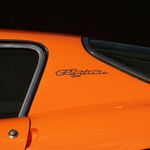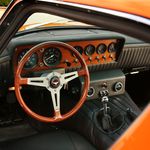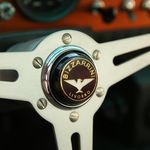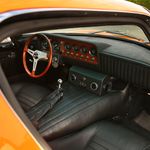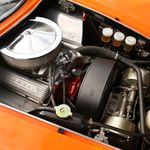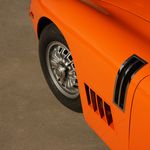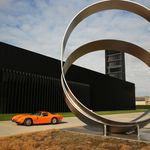1967 Bizzarrini S.p.A Gt Strada 5300 Manufactured with aluminium body
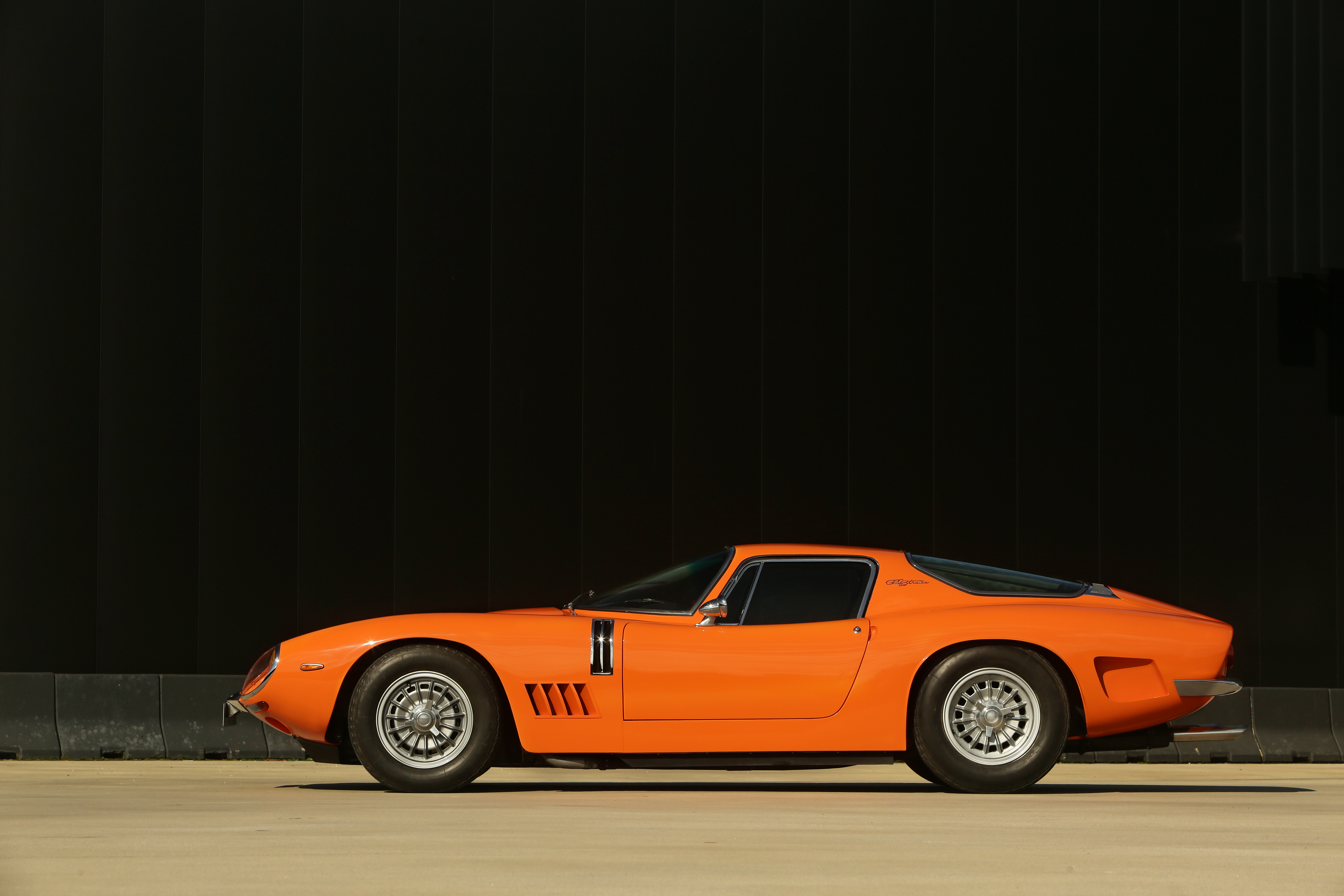
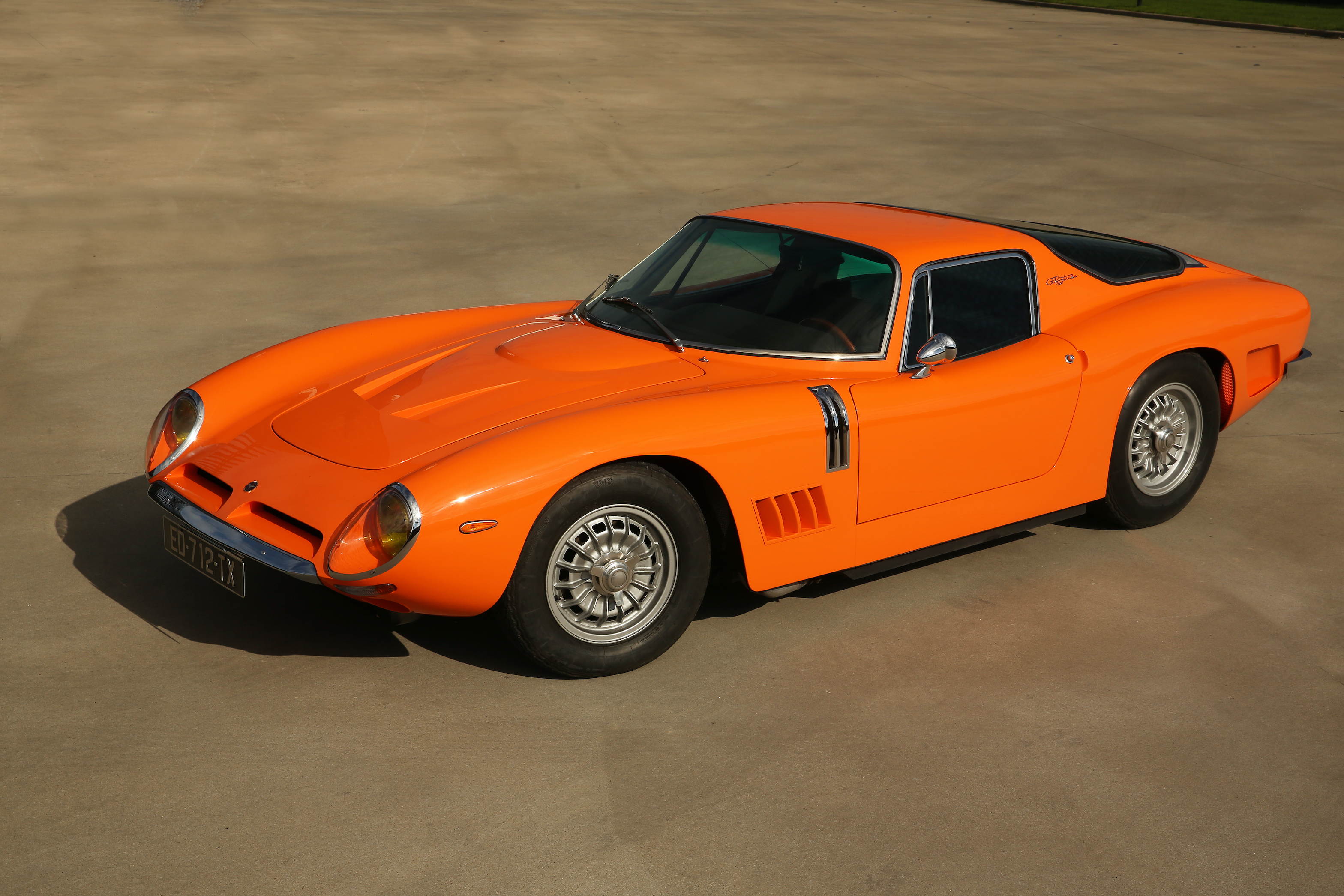
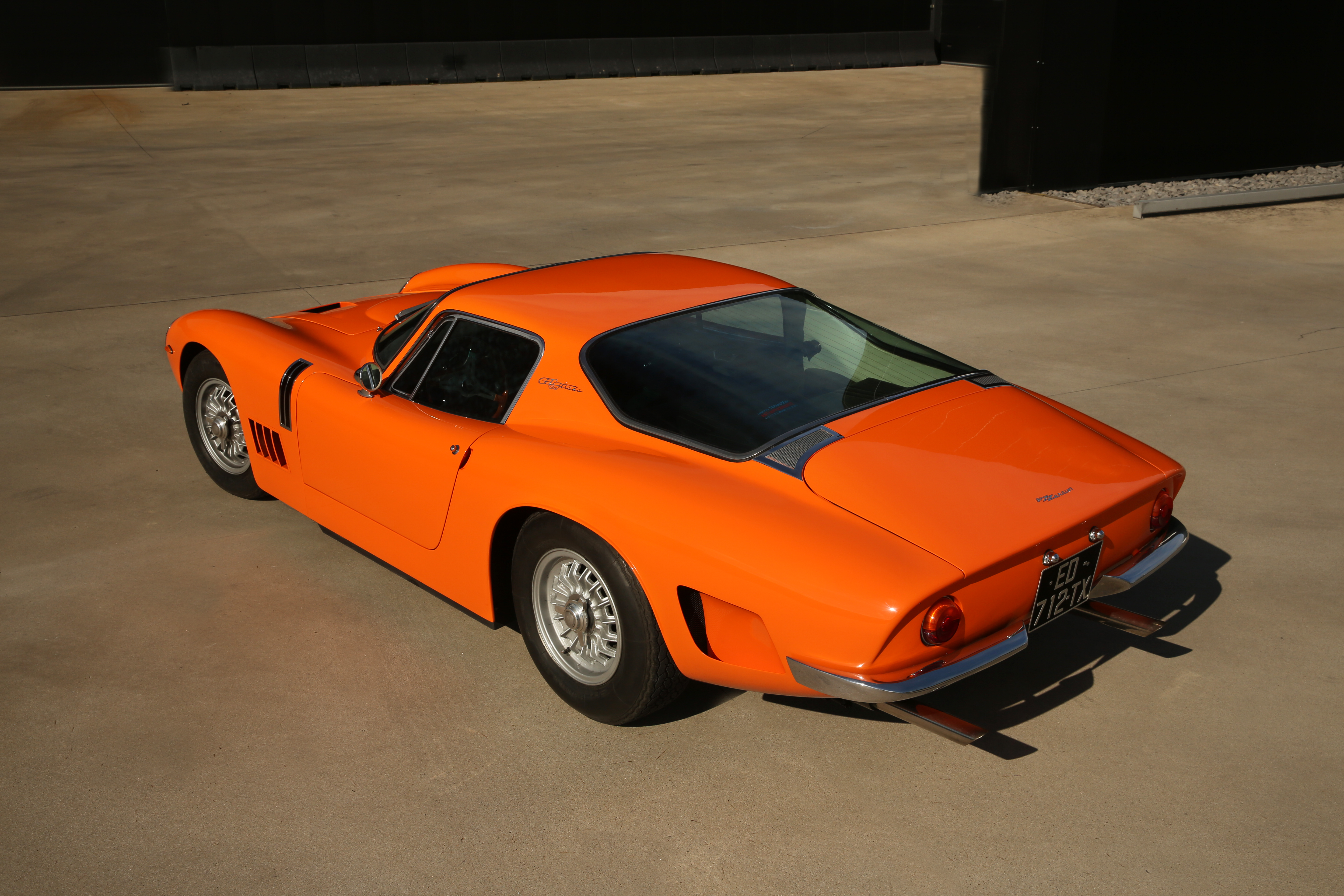
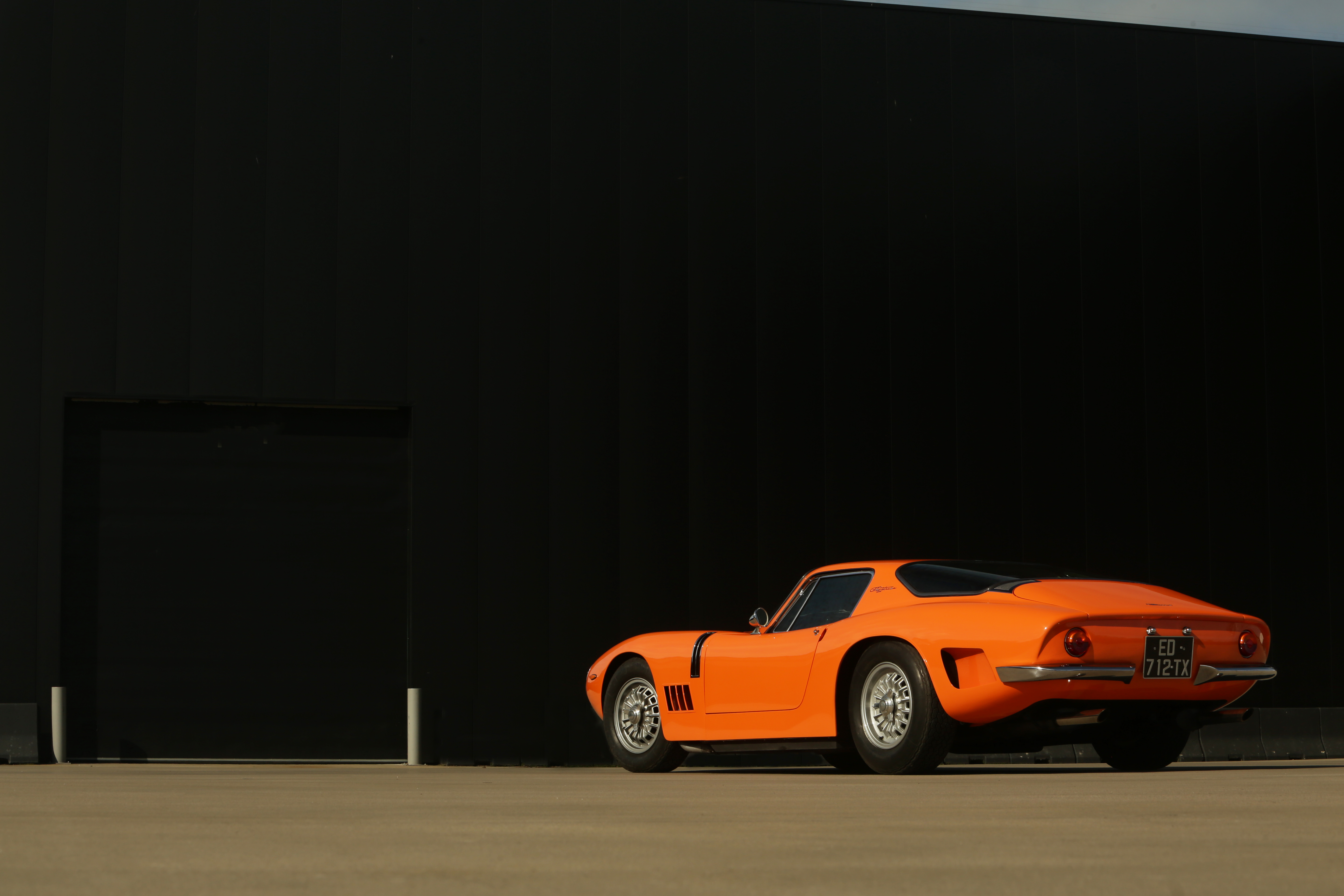
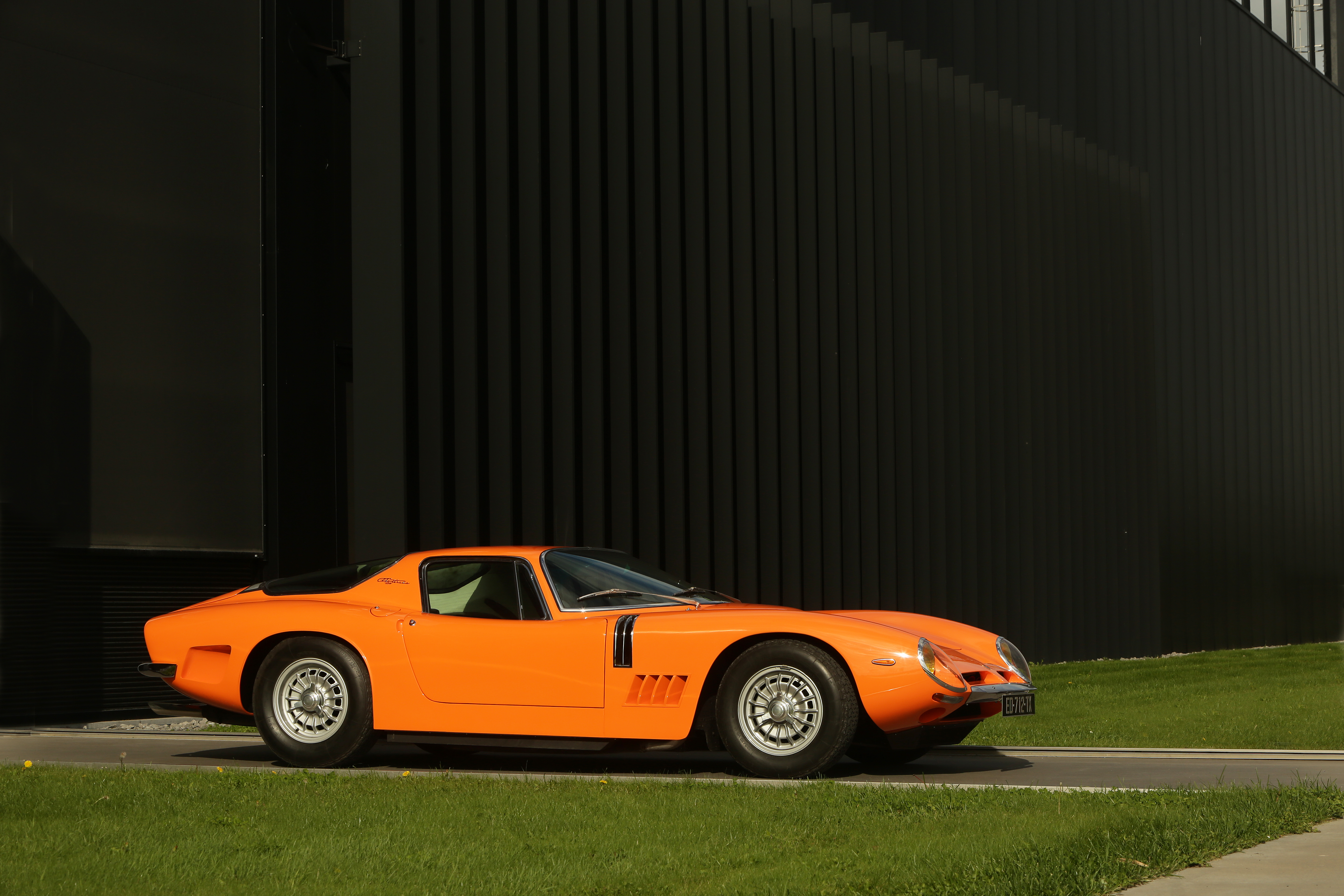
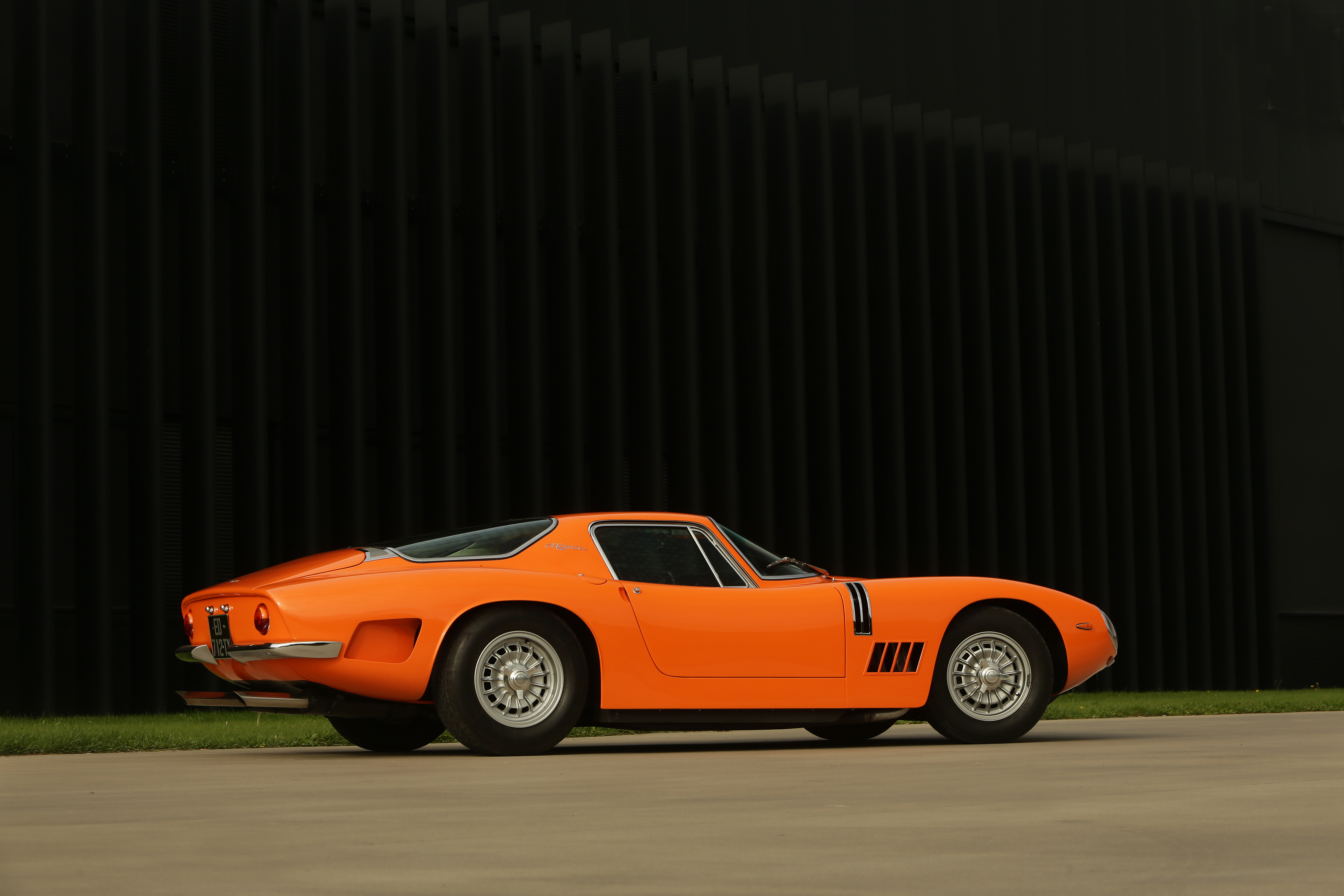
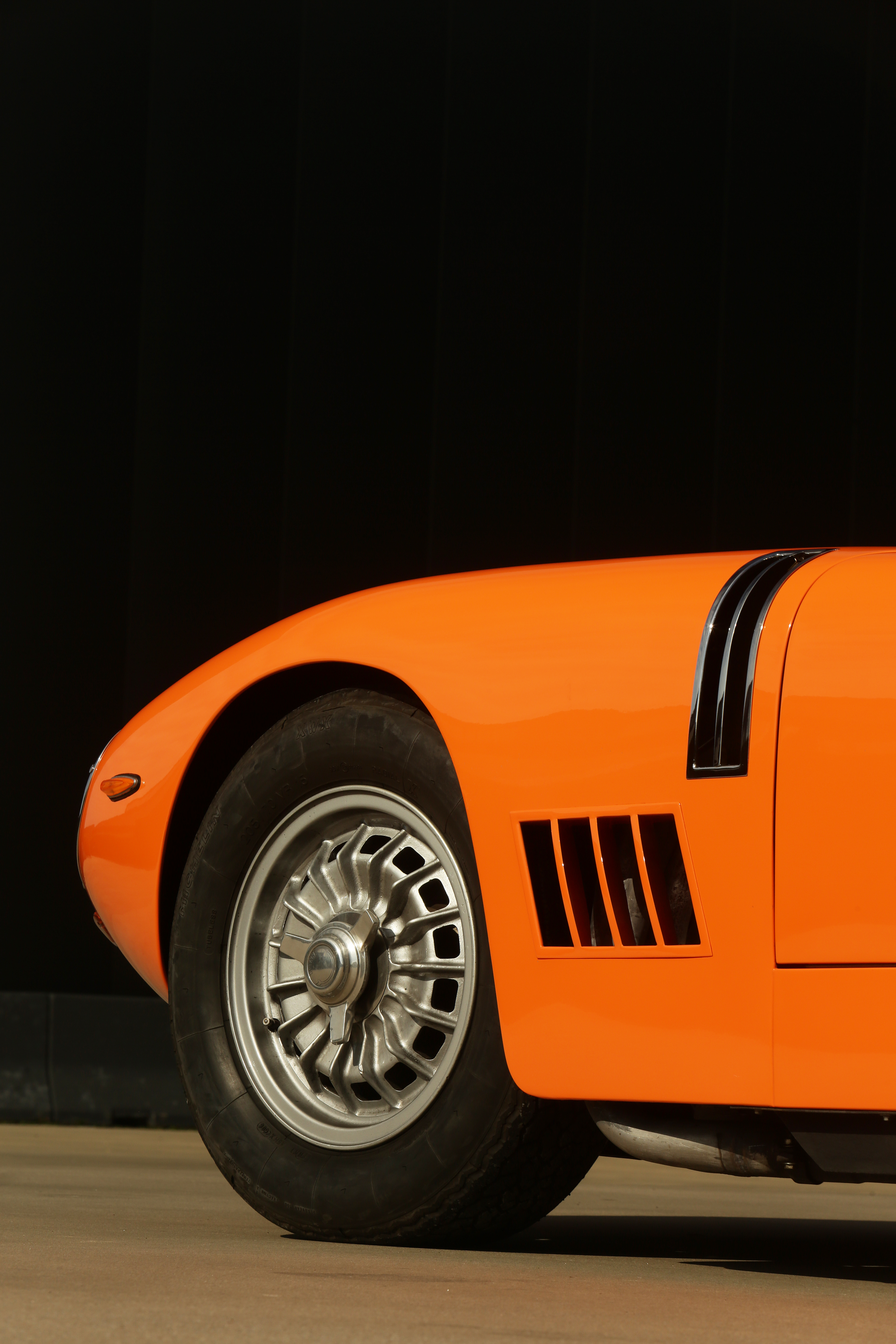
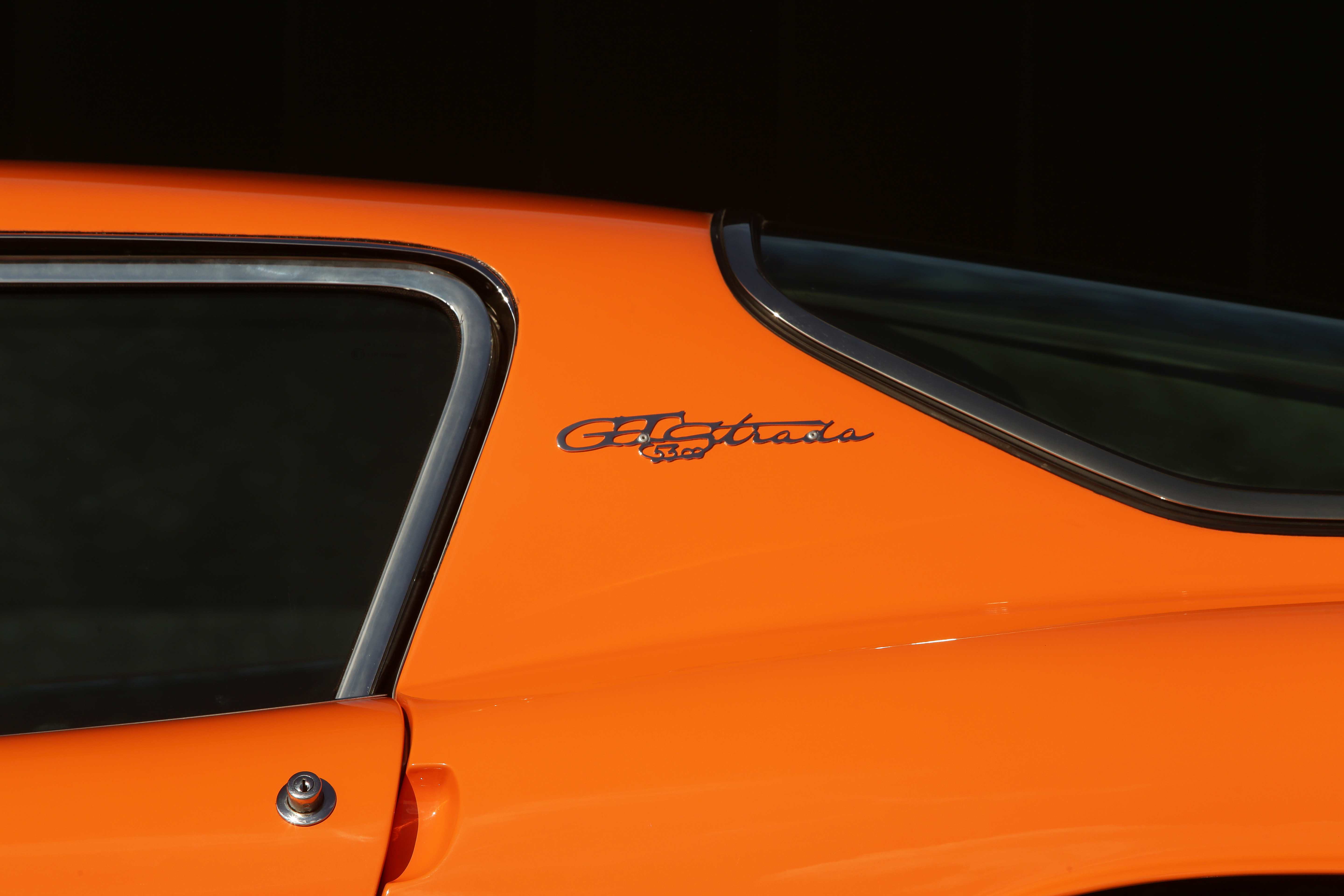
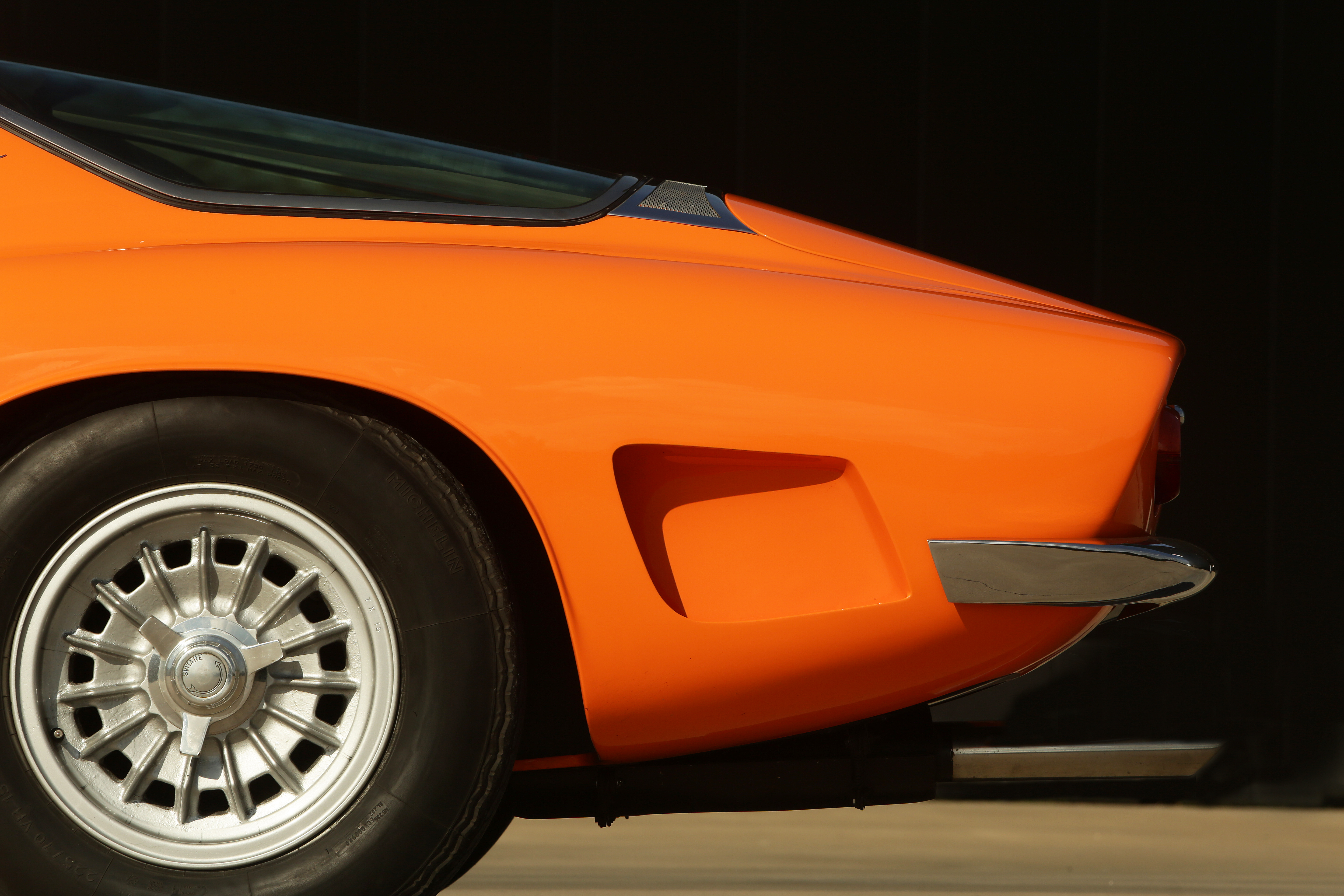
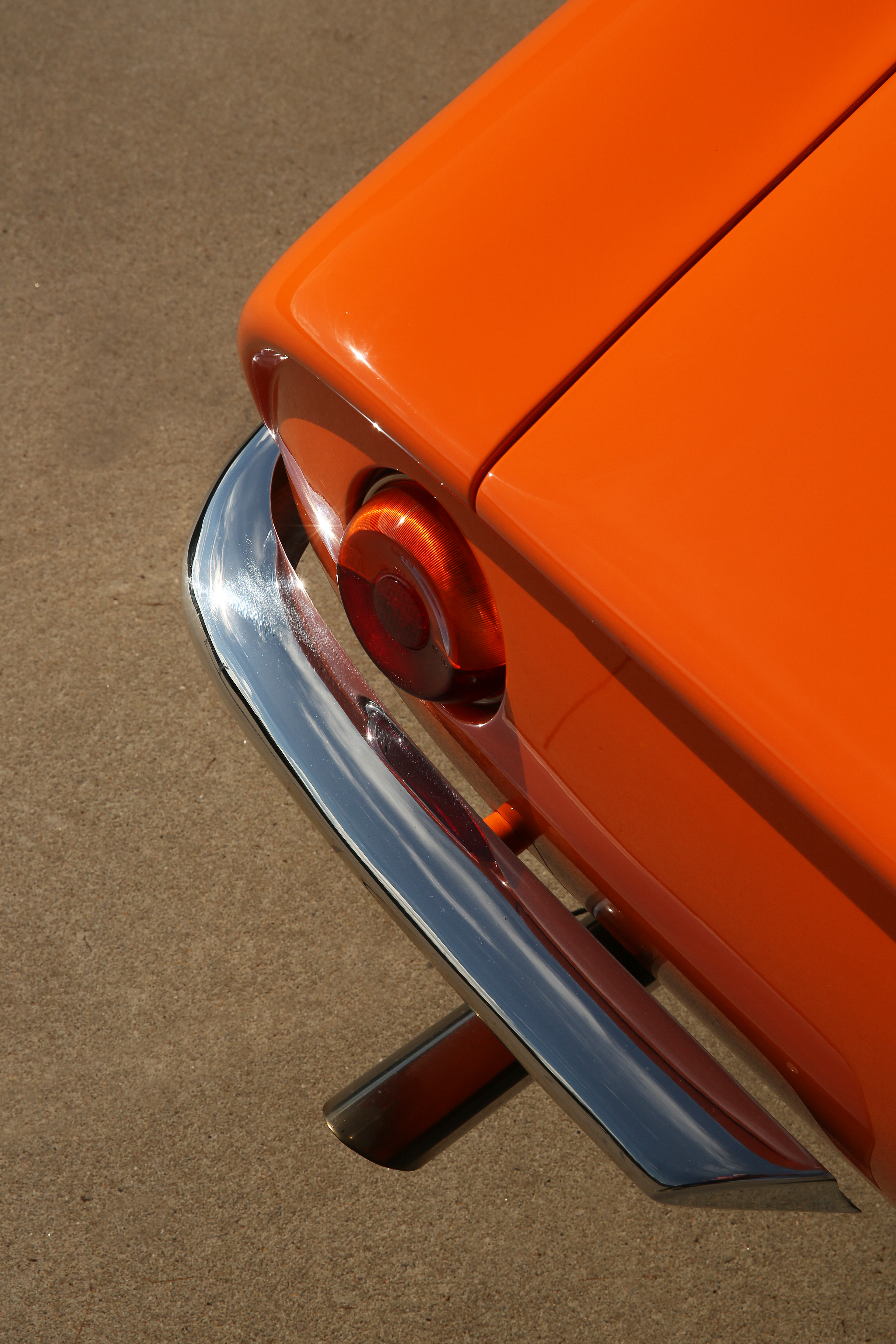
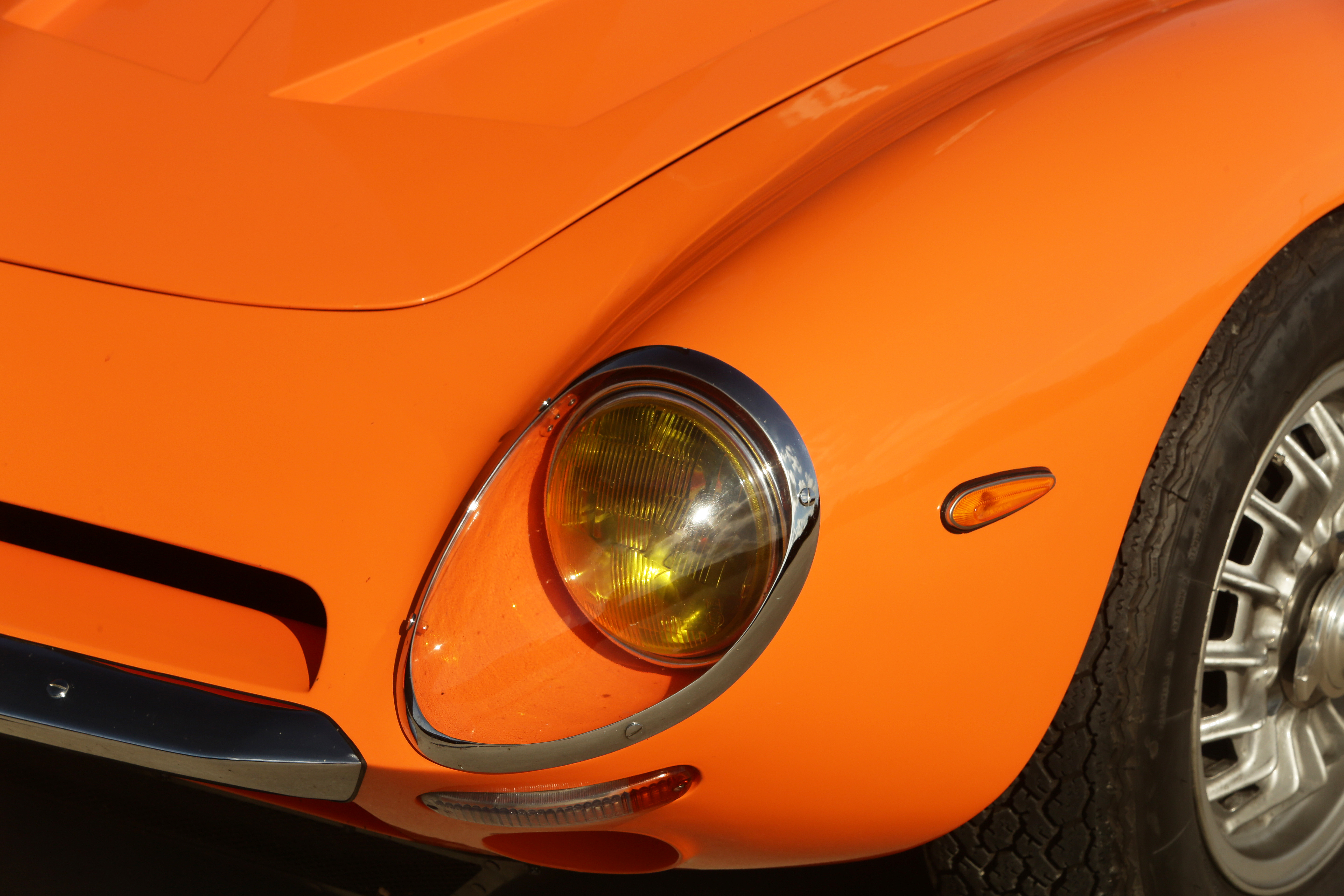
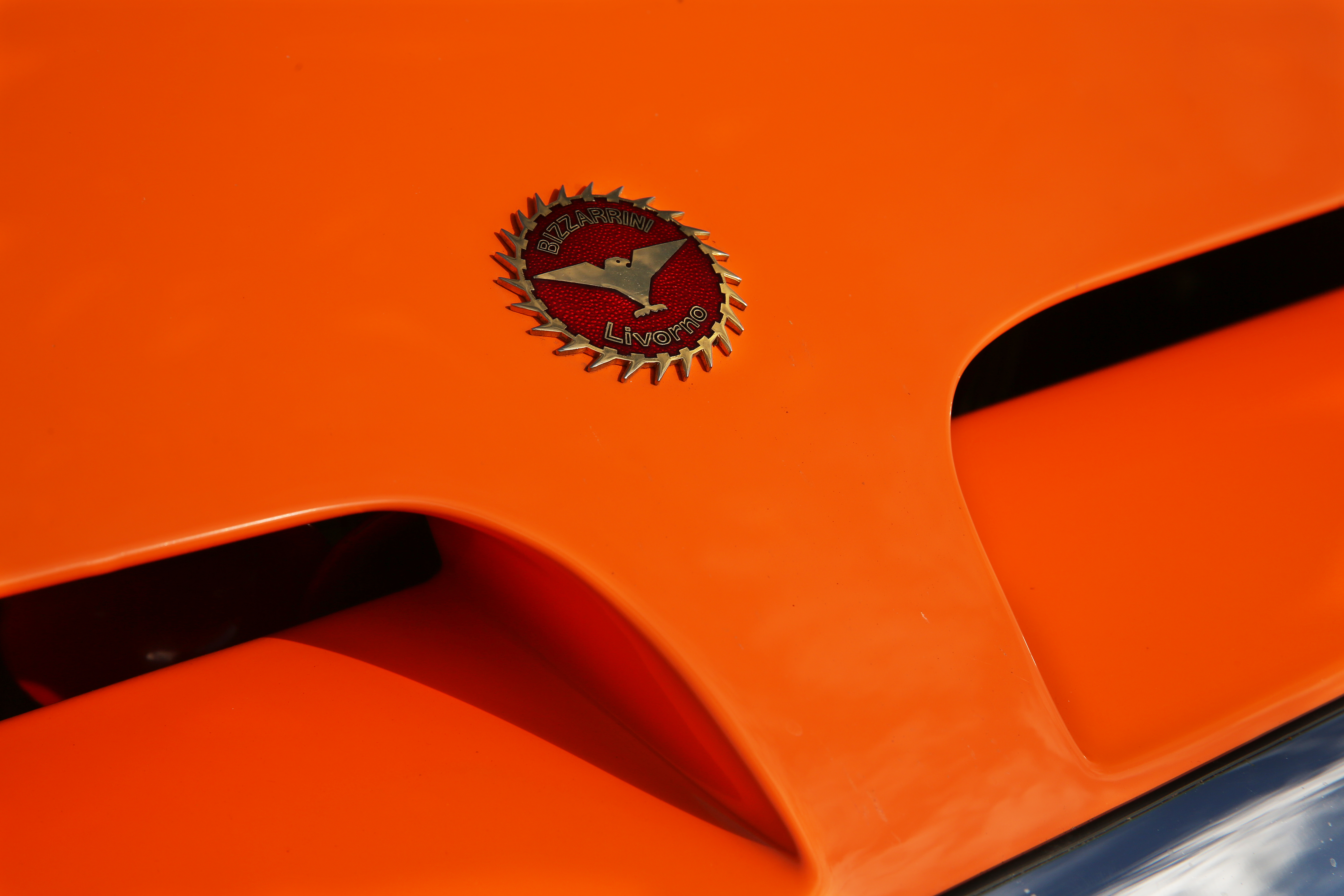
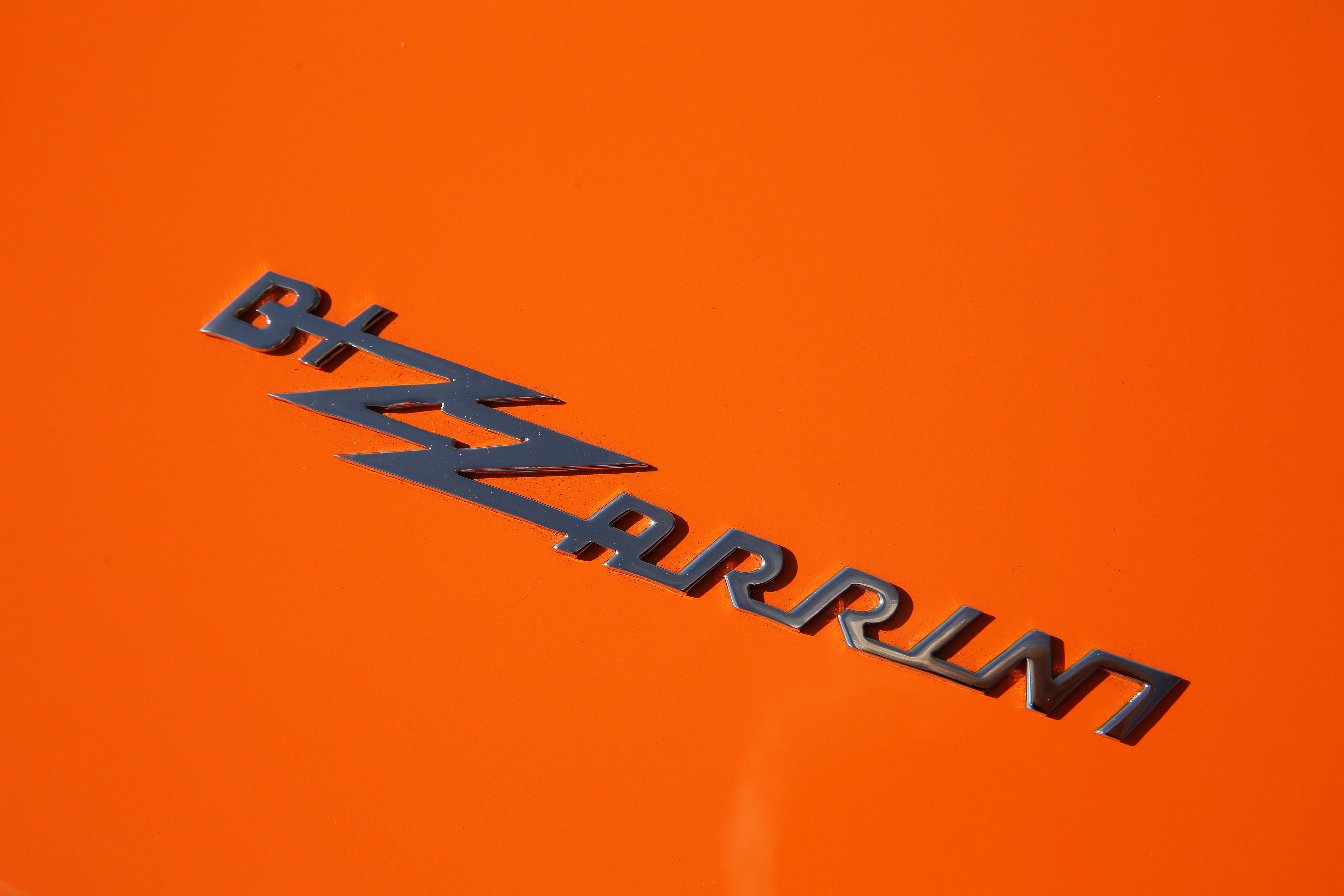
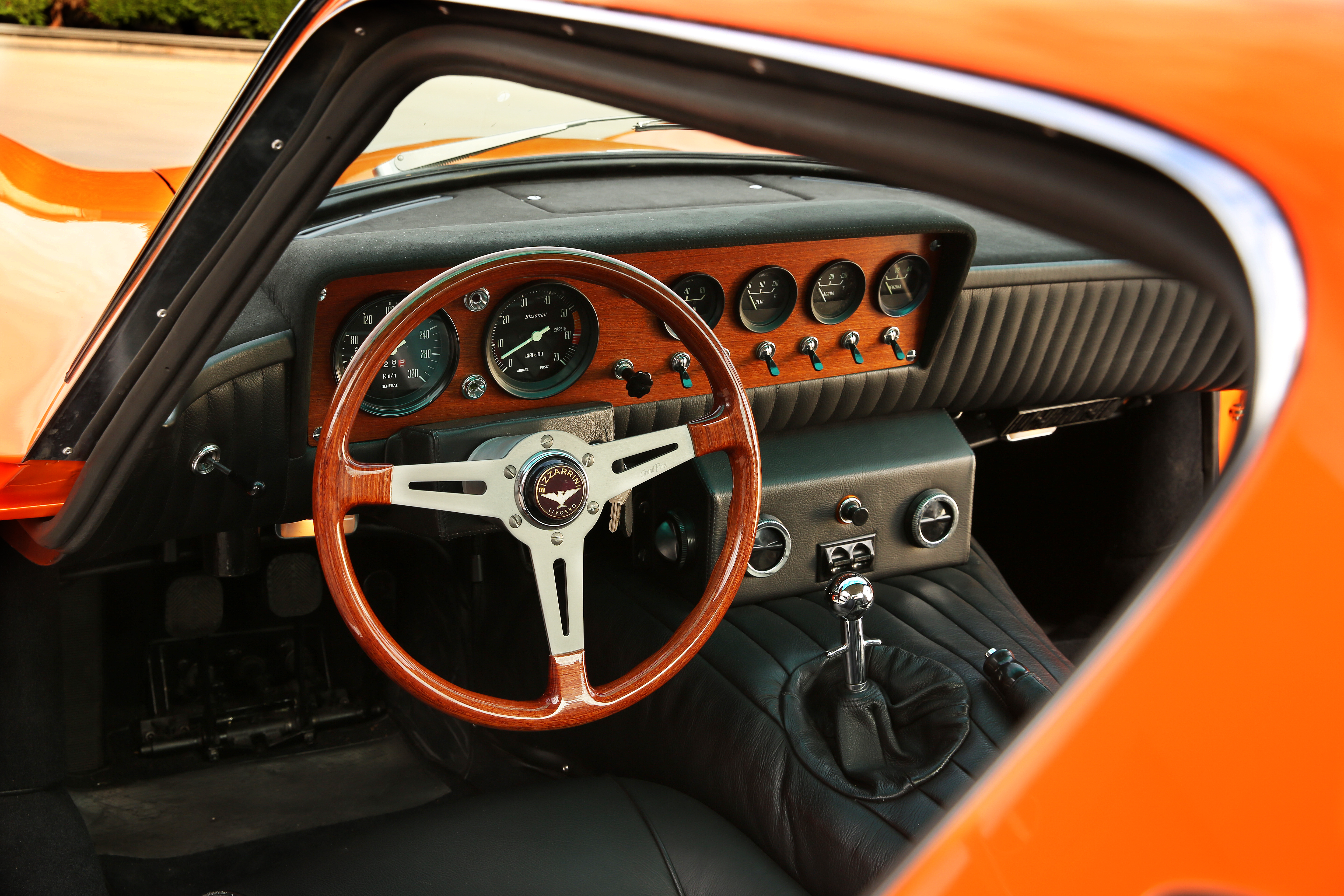
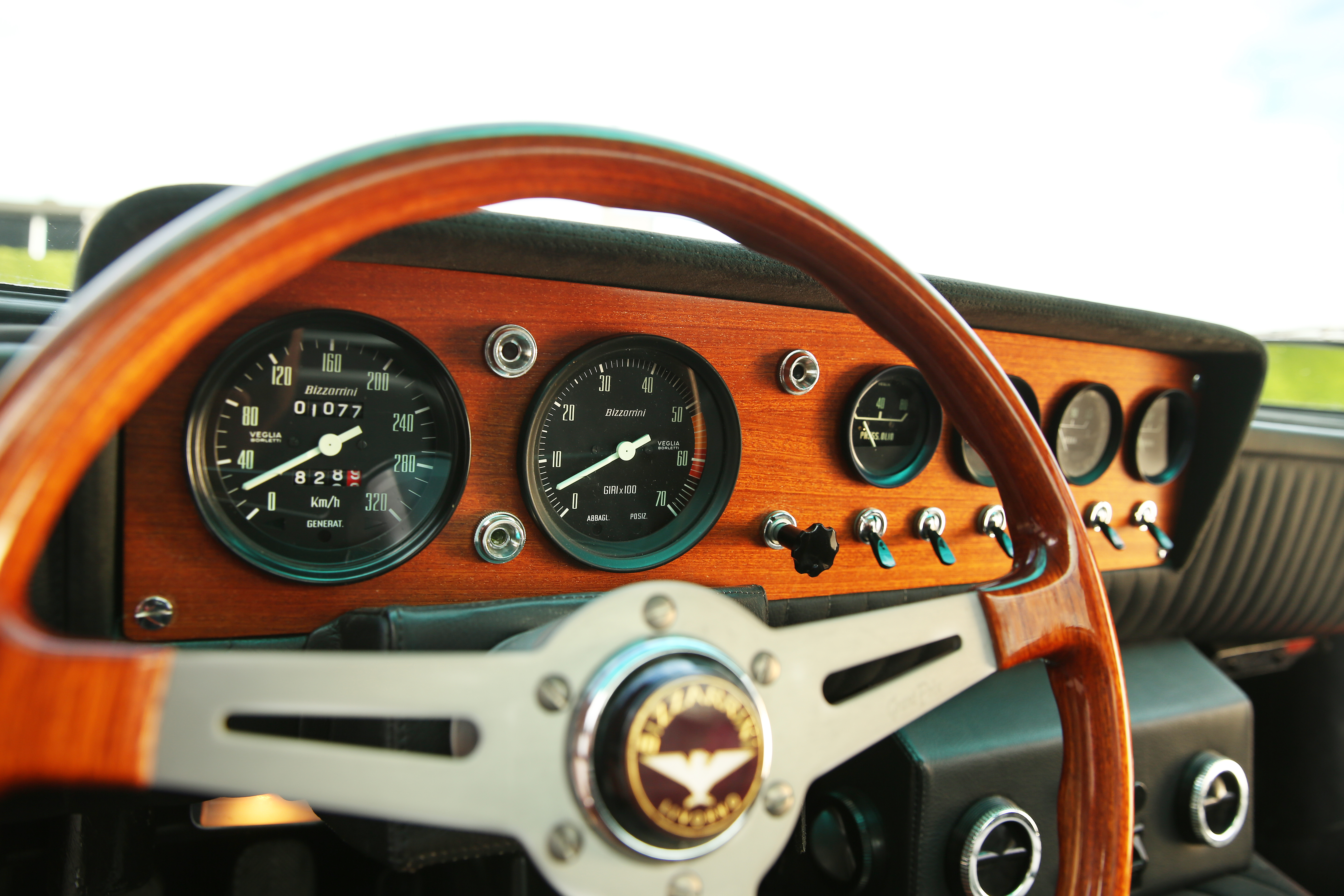
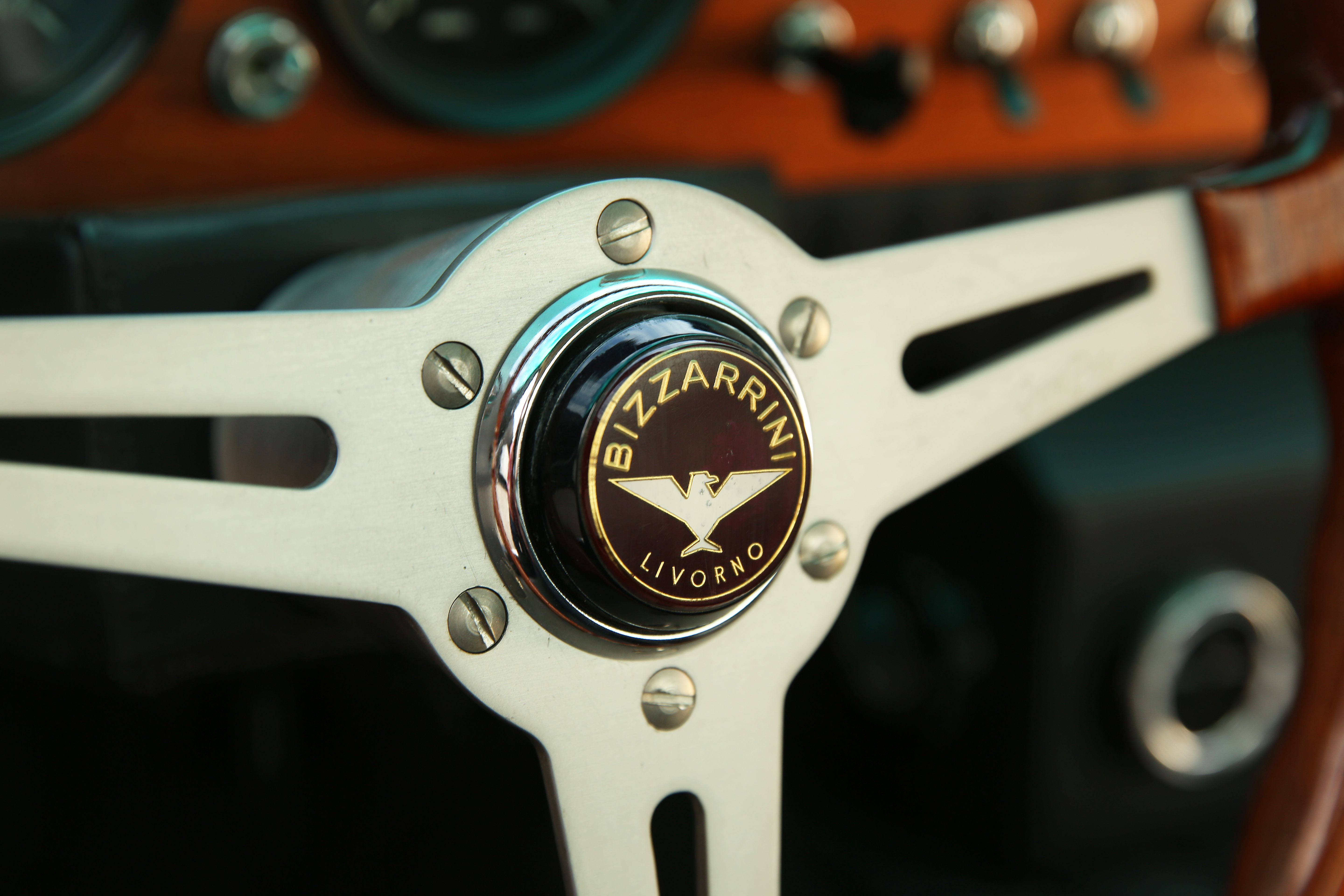
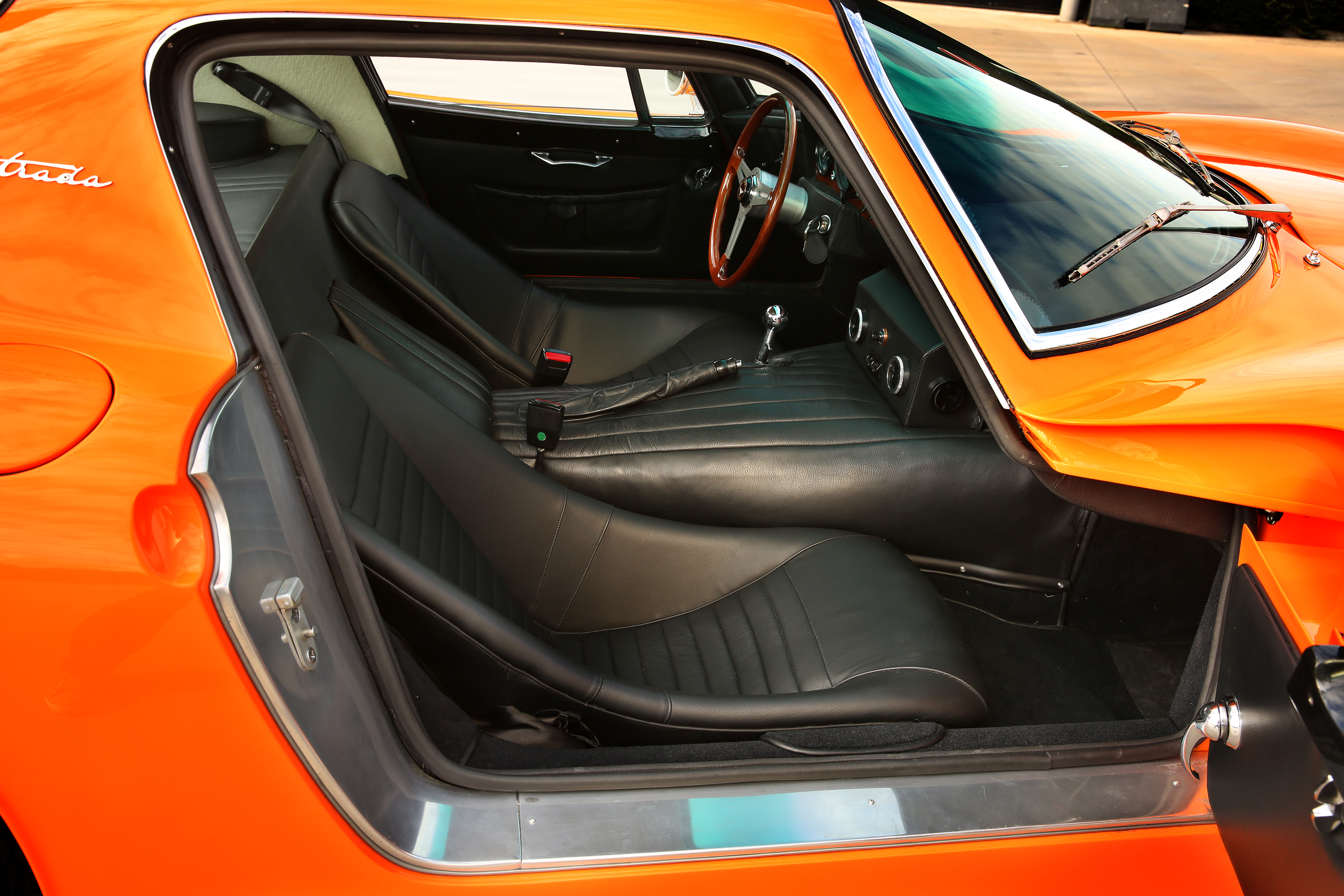
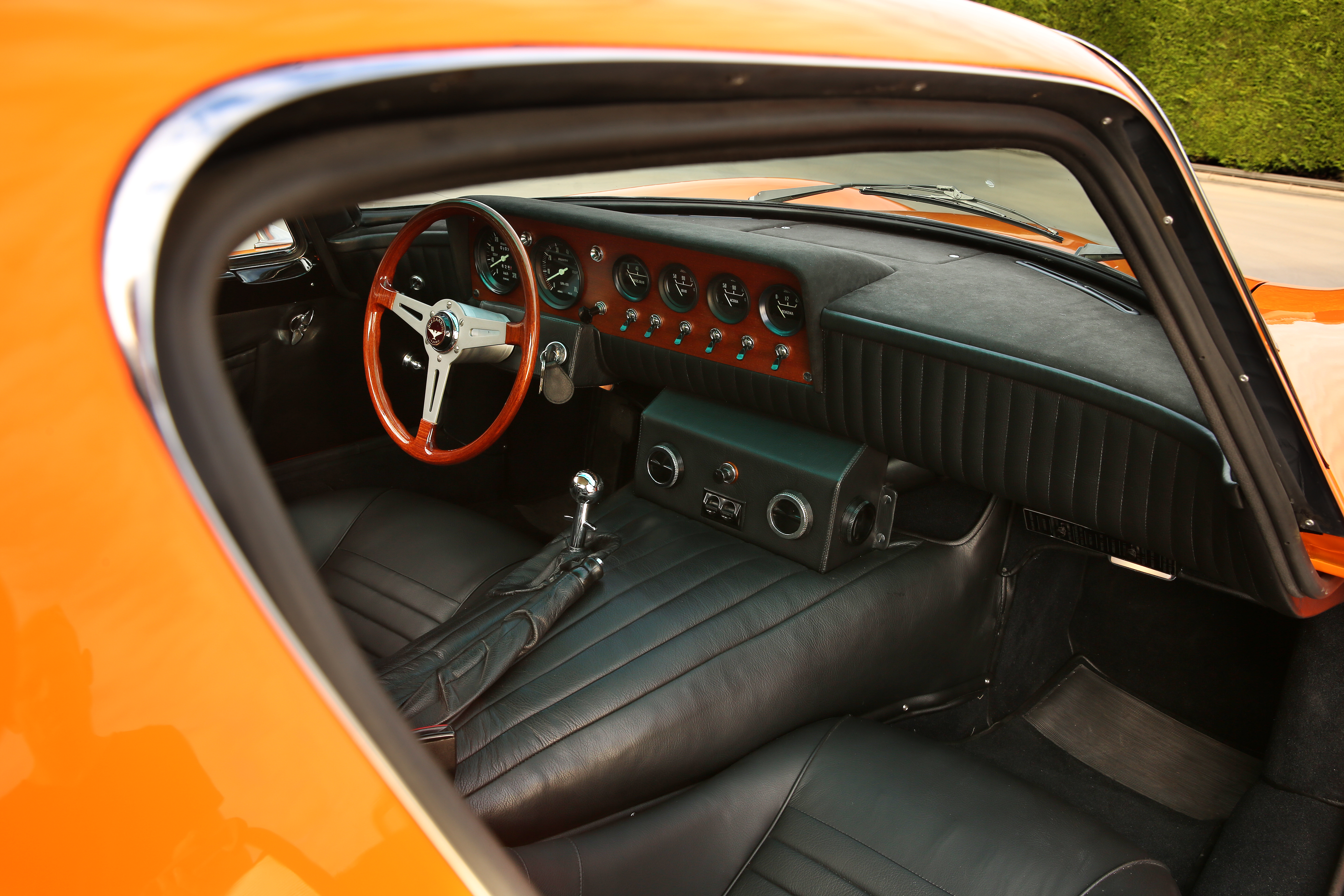
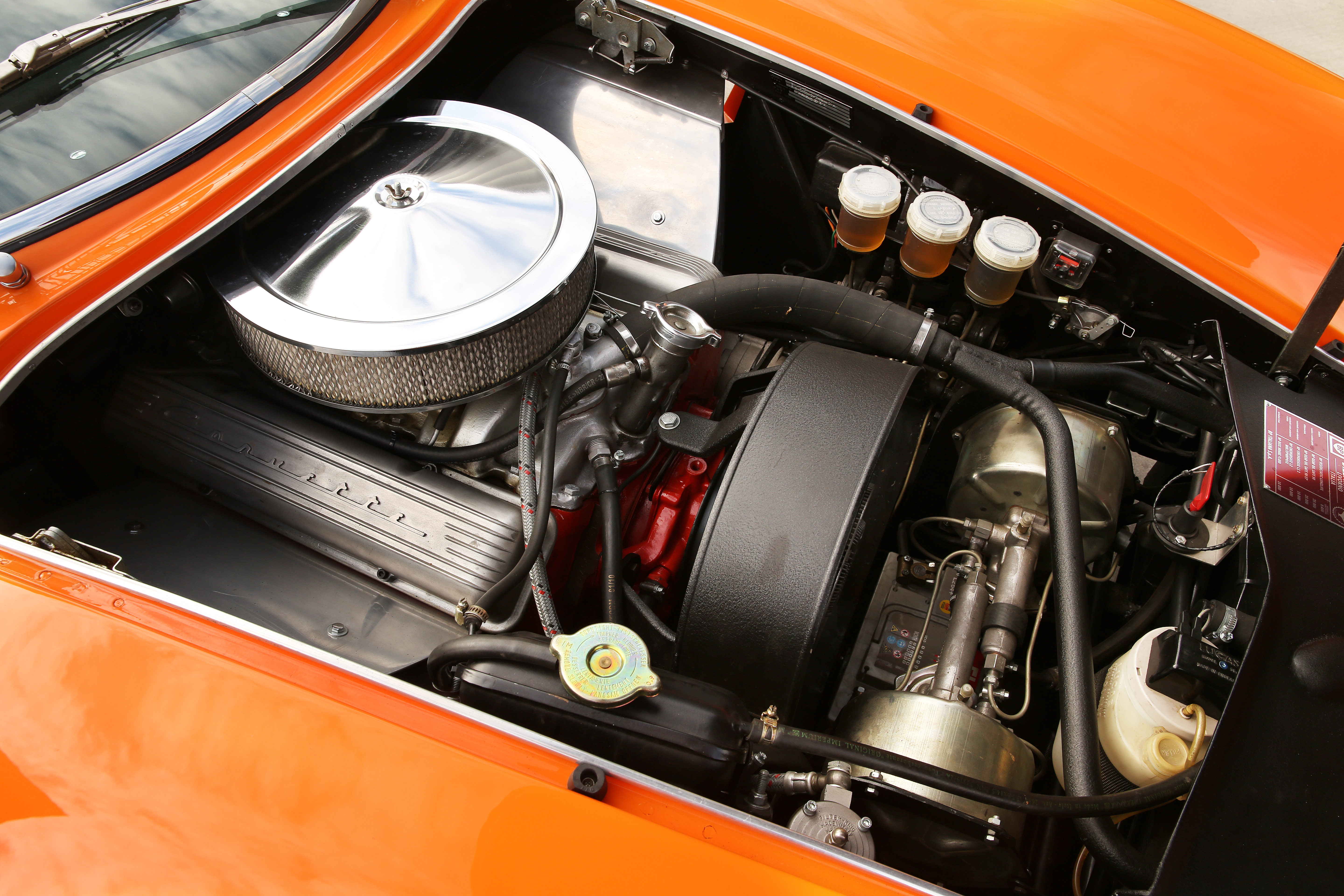
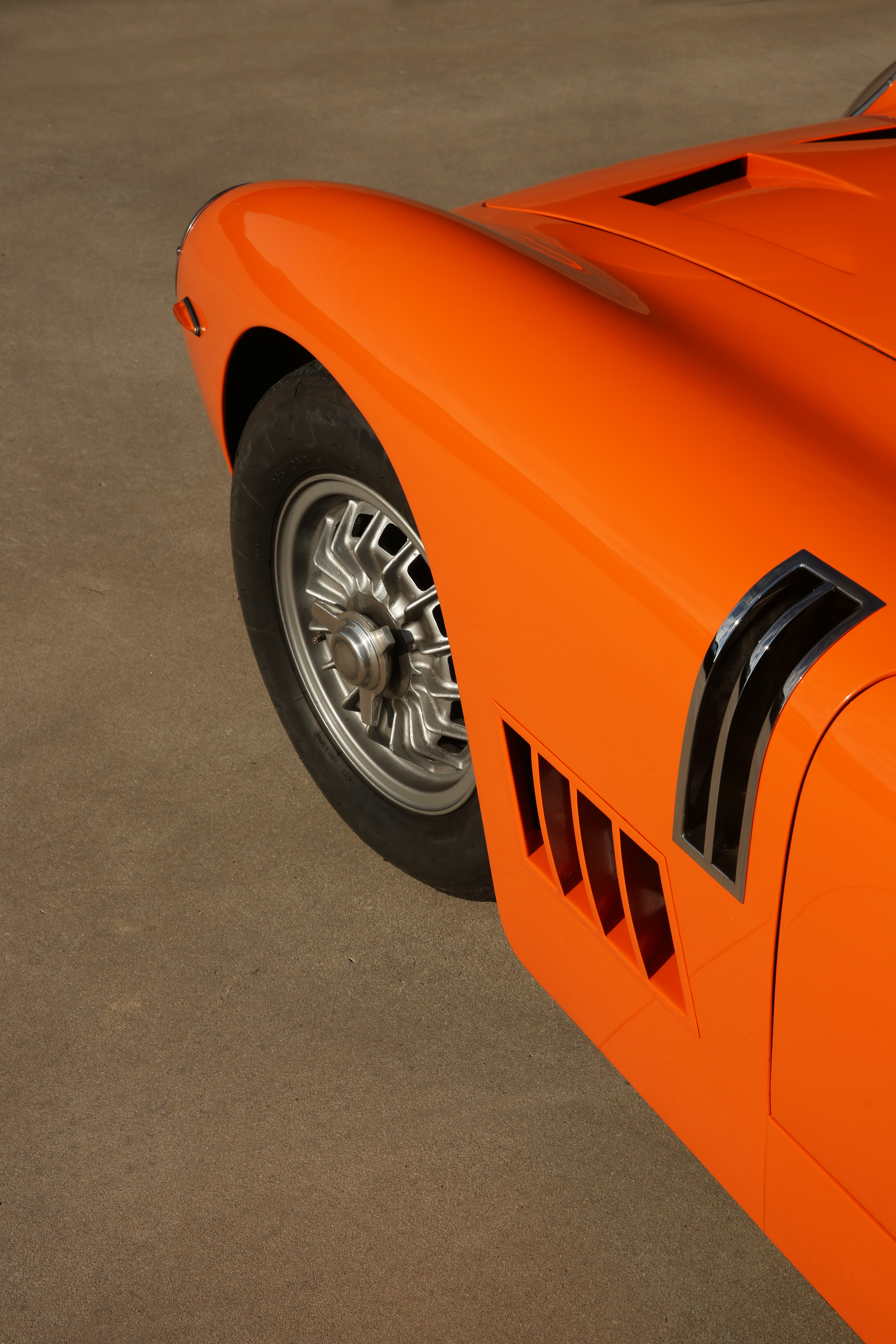
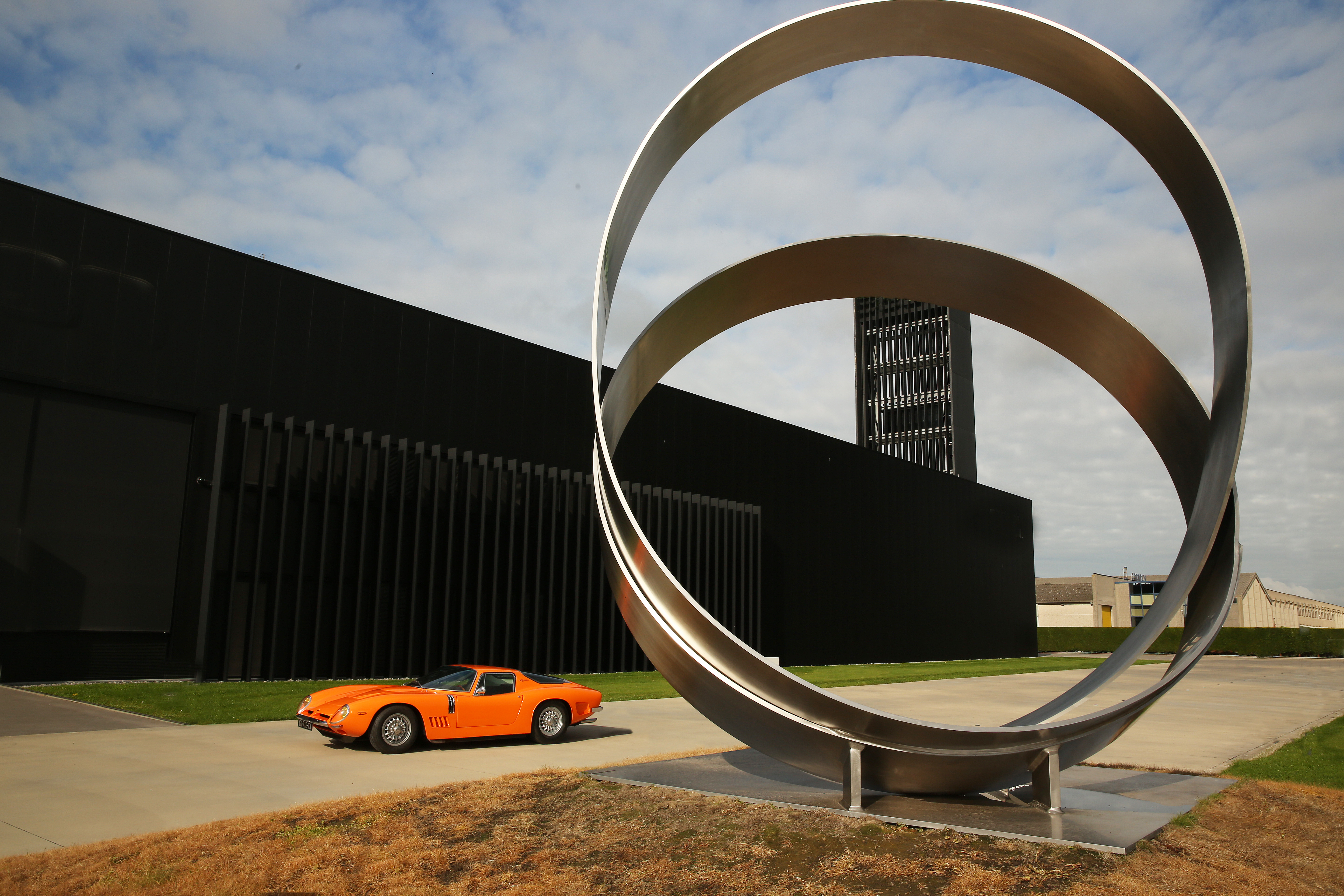
1967 Bizzarrini S.p.A Gt Strada 5300 Manufactured with aluminium body
La Bizzarrini Strada (également 5300 GT Strada et 5300 GT), est une voiture de sport produite à 133 exemplaires par Bizzarrini S.p.A de 1964 à 1968. Vendue comme un coupé 2 places exceptionnellement bas, elle s'est avérée être le modèle le plus réussi et le plus emblématique de Bizzarrini.
De Ferrari à Bizzarrini
Giotto Bizzarrini quitte Alfa Romeo en 1957 et se rend chez Ferrari, qui a besoin d'un pilote d'essai. Il travaillera pendant cinq ans chez Ferrari en tant qu'ingénieur en chef et en tant que développeur, concepteur et pilote d'essai qualifié.
Rapidement promu au poste de contrôleur du développement des voitures expérimentales, sportives et GT, la 250 GT 2+2/GTE, le moteur V12 de 3 litres Testa Rossa, la 250 TR Testa Rossa et la 250GT SWB (Short Wheel Base Berlinetta ou Berlinetta Passo Corto) seront largement influencés par ses idées et ses solutions techniques.
Bizzarrini travaillera dur pour développer le châssis, le moteur et les solutions dynamiques avancées de la plus légendaire des Ferrari de course, son chef-d'œuvre au sein de la firme: la 250 GTO.
En 1961, Bizzarrini fait partie des "cinq célèbres" ingénieurs qui quitteront Ferrari lors de la "nuit des longs couteaux", provoquée par une réorganisation du personnel technique. Avec d'autres anciens ingénieurs de Ferrari (dont Carlo Chiti), Bizzarrini fonde la société Automobili Turismo e Sport (ATS) pour construire une monoplace de Formule 1 et une voiture de sport GT, l'ATS Serenissima.
En 1962, Bizzarrini est engagé par le comte Giovanni Volpi, propriétaire de la Scuderia Serenissima Republica di Venezia, pour transformer une Ferrari 250 GT SWB (numéro de châssis 2819GT) en GTO. Ferrari, en désaccord avec Volpi, avait refusé de lui vendre une GTO et ce dernier avait donc été contraint d'acquérir et de modifier un véhicule d'occasion. Bizzarrini développe avec Piero Drogo de la Carrozzeria Sports Cars dans les usines de Modène une carrosserie aérodynamique avancée, encore plus basse que la GTO. Cette collaboration donnera naissance à la 250 GT Drogo" Breadvan".
Au cours de la même année, Bizzarrini fonde la "Società Autostar", une société d'ingénierie par laquelle il répond à des appels d'offres pour des projets d'ingénierie indépendants. Ferruccio Lamborghini commandera à la Società Autostar la conception d'un moteur V12 pour les nouvelles GT de sa firme Lamborghini. Le V12 Lamborghini sera monté pour la première fois en 1964 sur la 350GT, des variantes de son architecture de base seront utilisées dans toutes les Lamborghini V12 jusqu'en 2010.
La Società Autostar développe ensuite des voitures pour Iso Autoveicoli S.p.A., notamment l'Iso Rivolta IR 300 et l'Iso Grifo. Un différend entre Bizzarrini et Iso met fin à leur collaboration et conduit la Società Autostar à construire des variantes de l'Iso Grifo sous la marque Bizzarrini. Bizzarrini change le nom de la Società Autostar d'abord, en 1964, en "Società Prototipi Bizzarrini" puis en 1966 en "Bizzarrini SpA".
5300 GT STRADA
La Strada est lancée par Bizzarrini en 1964. Sa conception est similaire à celle de l'Iso Grifo, également conçue par Giotto Bizzarrini, et elle utilise même le nom "Grifo" pendant la phase de planification de production ainsi que la plateforme monocoque soudée de l'Iso Rivolta 300.
La Strada - qui adopte une configuration à moteur central avant et à propulsion arrière - est équipée d'un moteur Chevrolet 327 small-bloc d'une cylindrée de 5,4L pour 365 ch dans la version de route et de plus 400 ch dans la version Corsa. La voiture passe le 0 à 100 km/h en moins de 7 secondes et atteint une vitesse maximale de 280 km/h. Les Strada sont équipées de freins à disque Dunlop, d'une boîte de vitesses manuelle BorgWarner T-10 à quatre rapports, d'une suspension arrière de type de Dion et d'un différentiel à glissement limité. Sur les modèles ultérieurs, le moteur de 5,4L sera remplacé par un moteur de 7L, équipé de carburateur Holley.
La carrosserie est signée Bertone, issue du dessin de Giorgetto Giugiaro. Deux types de carrosserie seront proposés, en aluminium ou en vetroresina (fibre). Réputée comme "impressionnante" à l'époque, elle est encore considérée au 21e siècle comme un chef-d'œuvre absolu. Trois versions spyder seront également construites, dont un prototype entièrement découvrable. Au total, 133 exemplaires 5300 Gt Strada seront produits de 1964 à 1968.
5300 GT STRADA Alluminio IA3*0338
Livrée neuve en version aluminium et codice vernice "Arancio" le 23 Novembre 1967 à son premier propriétaire dand la région de Naples en Italie
Elle est rachetée en 1972 par un amateur Anglais M.Barry Coppers qui l'importe en Angleterre.
B.Coppers revend la voiture en 1982 à M. David Bracknell de Keighly, elle est alors immatriculée PRK 250F. D.Bracknell garde la Strada pendant de nombreuses années avant de la vendre à un collectionneur Belge.Ce dernier la fait complètement restaurer en 2001 par l'expert de la marque Autocostruzioni.S.D Torino, elle est alors peinte en gris argent.
Elle est vendue à l'actuel propriétaire en 2015 qui, avant même d'en prendre livraison, la renvoit chez Autocostruzioni.S.D pour la remettre dans sa robe "Arancia" d'origine, tout en la faisant entièrement révisée.
Aujourd'hui cette 5300 GT STRADA a parcouru 1600 km depuis sa restauration et se trouve dans un état 100 Points Concours.
Nous avons le plaisir de proposer l'une des plus belles et plus originales supercars jamais produites dans sa rare version en aluminium.
Prix sur demande
Photos Xavier de Nombel
The Bizzarrini Strada (also 5300 GT Strada and 5300 GT), was a sports car produced in 133 examples by Bizzarrini S.p.A from 1964 to 1968. Sold as an exceptionally low-slung 2-seater coupe, it proved to be Bizzarrini's most successful and iconic model.
From Ferrari to Bizzarrini
Giotto Bizzarrini left Alfa Romeo in 1957 and went to Ferrari, which needed a test driver. He worked for five years at Ferrari as chief engineer and as a qualified developer, designer and test driver.
Quickly promoted to the position of development controller for experimental, sports and GT cars, the 250 GT 2+2/GTE, the 3-litre V12 Testa Rossa engine, the 250 TR Testa Rossa and the 250GT SWB (Short Wheel Base Berlinetta or Berlinetta Passo Corto) were largely influenced by his ideas and technical solutions.
Bizzarrini would work hard to develop the chassis, engine and advanced dynamic solutions for the most legendary of Ferrari's racing cars, his masterpiece within the firm: the 250 GTO.
In 1961, Bizzarrini was one of the "famous five" engineers who left Ferrari during the "night of the long knives", caused by a reorganisation of the technical staff. Together with other former Ferrari engineers (including Carlo Chiti), Bizzarrini founded the company Automobili Turismo e Sport (ATS) to build a Formula 1 single-seater and a GT sports car, the ATS Serenissima.
In 1962, Bizzarrini was hired by Count Giovanni Volpi, owner of Scuderia Serenissima Republica di Venezia, to transform a Ferrari 250 GT SWB (chassis number 2819GT) into a GTO. Ferrari, in disagreement with Volpi, had refused to sell him a GTO and he was therefore forced to buy and modify a second-hand car. Bizzarrini and Piero Drogo of Carrozzeria Sports Cars in Modena developed an advanced aerodynamic bodywork, even lower than the GTO. This collaboration gave birth to the 250 GT Drogo 'Breadvan'.
In the same year, Bizzarrini founded the "Società Autostar", an engineering company through which he responded to tenders for independent engineering projects. Ferruccio Lamborghini will commission Società Autostar to design a V12 engine for the new GT cars of his Lamborghini company. The Lamborghini V12 was first fitted in 1964 to the 350GT, with variants of its basic architecture being used in all Lamborghini V12s until 2010.
Società Autostar then developed cars for Iso Autoveicoli S.p.A., including the Iso Rivolta IR 300 and the Iso Grifo. A dispute between Bizzarrini and Iso ended their collaboration and led Società Autostar to build variants of the Iso Grifo under the Bizzarrini brand. Bizzarrini changed the name of Società Autostar first to "Società Prototipi Bizzarrini" in 1964 and then to "Bizzarrini SpA" in 1966.
5300 GT STRADA
The Strada was launched by Bizzarrini in 1964. Its design was similar to that of the Iso Grifo, also designed by Giotto Bizzarrini, and it even used the name "Grifo" during the production planning phase, as well as the welded monocoque platform of the Iso Rivolta 300.
The Strada - which adopts a front mid-engine, rear-wheel drive configuration - is powered by a Chevrolet 327 small-block engine with a displacement of 5.4L for 365 hp in the road version and over 400 hp in the Corsa version. The car accelerates from 0 to 100 km/h in less than 7 seconds and reaches a top speed of 280 km/h. The Strada is equipped with Dunlop disc brakes, a BorgWarner T-10 four-speed manual gearbox, de Dion rear suspension and a limited slip differential. On later models, the 5.4L engine will be replaced by a 7L engine, fitted with Holley carburettor.
The bodywork is designed by Bertone, based on a work done by Giorgetto Giugiaro. Two types of bodywork will be offered, in aluminium or vetroresina (fibre). Reputed to be 'impressive' at the time, it is still considered an absolute masterpiece in the 21st century. Three spyder versions were also built, including a fully convertible prototype. A total of 133' 5300 Gt Stradas were produced between 1964 and 1968.
5300 GT STRADA Alluminio IA3*0338
Delivered new in aluminium version and codice vernice "Arancio" on November 23, 1967 to first owner in Campania, Italia.
It was bought in 1972 by an English enthusiast, Mr. Barry Coppers, who imported it in England.
M.Coppers sold the car in 1982 to third owner Mr. David Bracknell of Keighly, and it was registered PRK 250F. M.Bracknell kept the Strada for many years before selling it to a Belgian enthusiast.
It underwent a complete restoration in 2001 performed by expert Autocostruzioni.S.D in Torino, with a change of color in silver-grey.
The current owner bought the car in 2015 and sent back the GT STRADA to expert Autocostruzioni.S.D in Torino to put it back to original factory specification of "Arancia" color including a full technical maintenance.
Today this 5300 GT STRADA has been driven 1600 km since its complete restoration and is in an exceptional condition, ready to show and drive !
We are pleased to offer one of the most singular and beautiful supercars ever produced in its rare aluminium version.
Price on request















